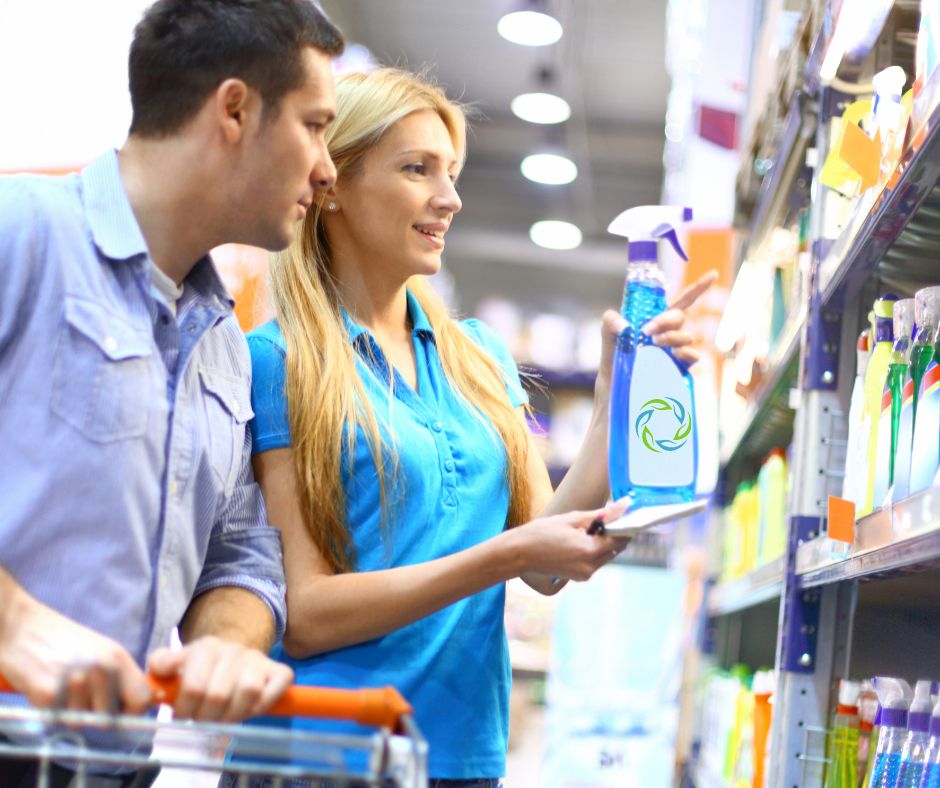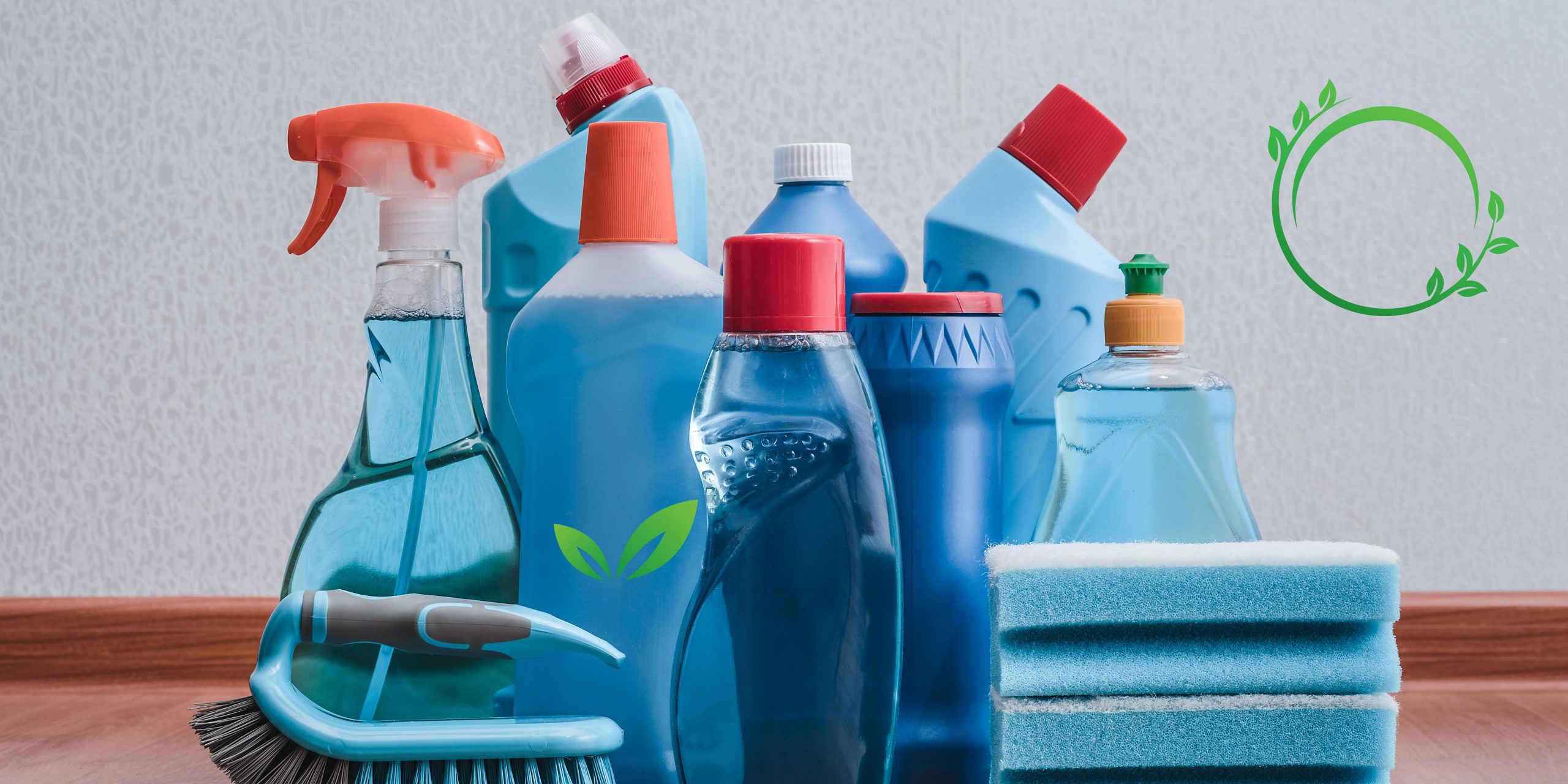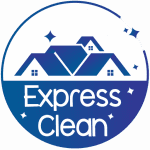Are Green Cleaning Products Safe? An In-Depth Look at Materials, Chemistry, and Best Practices
As facility managers, homeowners, and operations leads shift towards sustainability, green cleaning products are increasingly popular choices for maintaining healthy interiors. But are these “greener” products truly safe for your staff, tenants, and personal spaces? Below, we unpack the chemistry, compliance, and proper handling of eco-friendly cleaning supplies—particularly for facilities in Chicago and its suburbs.
What Makes a Cleaning Product “Green”?
Green cleaning products are formulated to reduce toxicity, environmental impact, and potential risks to human health. Typically, these products:
- Use plant-based or biodegradable ingredients
- Avoid harsh chemicals such as ammonia, chlorine bleach, and phosphates
- Comply with eco-certifications (e.g., Safer Choice label)
- Release fewer volatile organic compounds (VOCs)
Labels like EPA Safer Choice help consumers verify a product’s safety profile and performance.
The Chemistry Behind Green Cleaning Products
Understanding the active ingredients in green cleaners is crucial. Many use plant-based surfactants (like lauryl glucoside), citric acid, and minerals such as sodium carbonate. These ingredients generally have a neutral or mild pH (6–8), making them safer for both surfaces and people compared to highly alkaline or acidic alternatives. However, certain surfaces—like natural stone or unsealed wood—may still require spot-testing to prevent etching or damage.
| Conventional Ingredient | Green Alternative | Usage Note |
|---|---|---|
| Chlorine bleach | Hydrogen peroxide, vinegar | Always check dilution ratios; avoid mixing with other chemicals |
| Ammonia | Citrus enzymes | Gentler on respiratory systems |
| Phosphates | Baking soda | Low-abrasive and eco-friendly |
Assessing Safety: Regulations & Certifications
To ensure green cleaners meet safety benchmarks, rely on certifications. The Safer Choice product list from the EPA provides verified options for both home and facility use. Always review the Safety Data Sheet (SDS) before introducing new products—this helps with OSHA compliance and risk assessments.
Proper Handling: Dwell Time, PPE, and Cross-Contamination
- Dwell Time: Many green disinfectants require longer surface contact (e.g., 5-10 minutes) for full efficacy. Always follow the manufacturer’s instructions for best results.
- Personal Protective Equipment (PPE): Even with non-toxic ingredients, gloves or goggles may be required if splashing or skin sensitivity is a concern.
- Cross-Contamination Controls: Use color-coded cloths and mops for different zones (restrooms vs. desks). Dispose of used materials in accordance with local waste guidelines.
- Materials Compatibility: Always test green cleaners on a small, inconspicuous area—especially for surfaces like marble or specialty flooring.
Environmental and Health Benefits
Green products can improve indoor air quality and reduce risks associated with conventional cleaners. Studies indicate reduced respiratory irritation, fewer chemical residues, and less environmental impact downstream, making green options attractive for schools, offices, and homes across the Chicago area.
Scheduling Green Cleaning for Efficiency
To maximize benefits, schedule regular green cleaning during lower-occupancy hours. This allows adequate dwell time for products to work and ensures surfaces are dry and safe before high-traffic periods. For large commercial spaces, consider a checklist approach to monitor use and ensure compliance with health and safety guidelines.
Quick Tips for Facility Managers & Homeowners
- Always store green products in their original, labeled containers.
- Train staff/family on proper dilution, dwell time, and safety measures.
- Verify certifications (Safer Choice, Green Seal) before purchasing.
- Monitor indoor air quality, especially after introducing new products.
- Update cleaning protocols every 6–12 months as new green solutions emerge.
Additional Resources and Reading
Interested in deepening your cleaning knowledge? Explore these helpful internal guides from Express clean:
- Baking soda cleaning tips for eco-friendly DIY solutions
- How cleaning products affect your lungs for detailed health info
- Cleaning solutions to remove dust, especially helpful for allergy control
Common Myths and Realities
- Myth: Green cleaners aren’t effective on germs.
Reality: Many green disinfectants are EPA-certified against bacteria and viruses when used as directed. - Myth: Green equals completely non-toxic.
Reality: Any cleaning chemical can cause irritation or harm with improper use—training and label reading are essential.
Conclusion effective
Green cleaning products can be safe and effective when used correctly—protect yourself and your facility by picking trusted brands, prioritizing certifications, and maintaining good communication with your cleaning team. For tailored solutions, book commercial cleaning in Chicago or explore how Express clean can address your unique property needs. If moving out soon, schedule move-out cleaning for a green, compliant, and hassle-free experience.
About the Author
Reviewed by: Express clean Team
With over 20 years of experience in commercial & residential cleaning throughout the greater Chicago area, our EEAT-certified team delivers safe, science-based, industry-compliant cleaning solutions.



Eco-Friendly Cleaning Products, Professional Cleaning Companies, Non-Toxic Cleaning Products, Reduce Ecological Footprint, House Cleaners in Chicago, Home Cleaning Chicago, Best Cleaning Service Chicago, Apartment Cleaning Chicago, Apartment Cleaning Services Chicago, Cleaning Services Chicago





